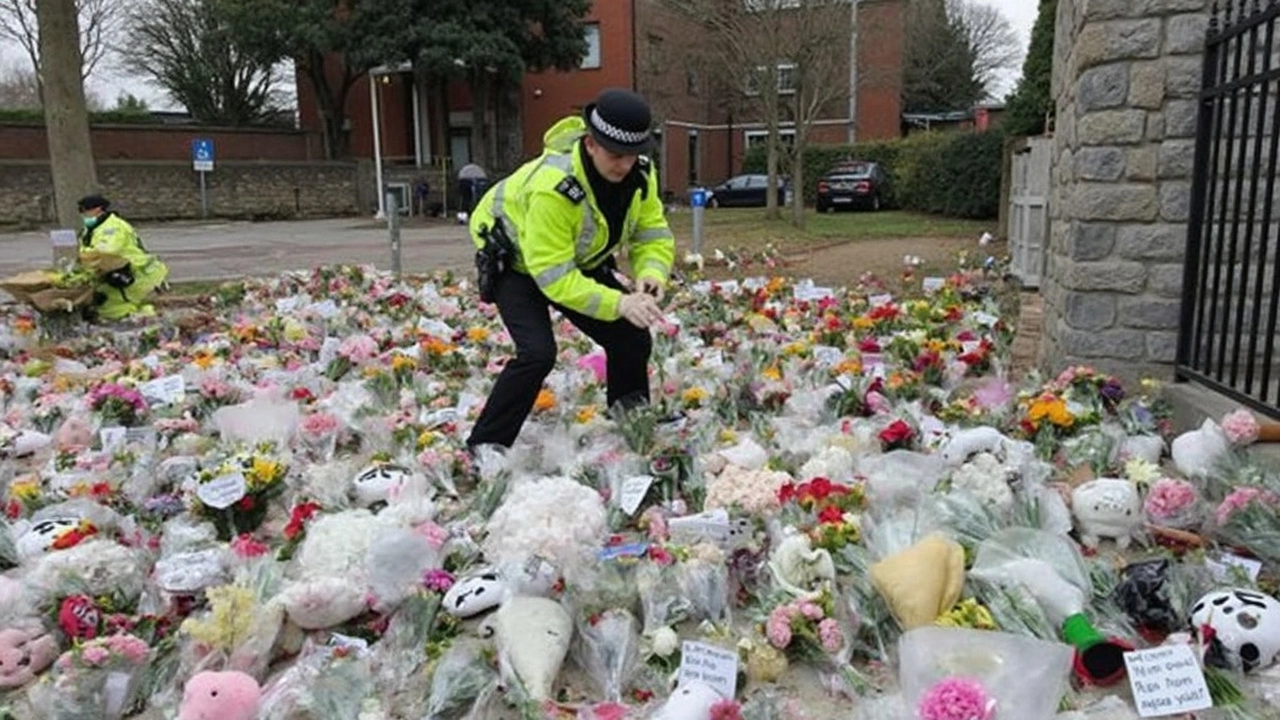Gun Control: Basics and Why It Matters
Gun control is a hot topic in everyday conversation, news headlines, and political debates. At its core, it’s about how society decides who can own a firearm, what kinds of guns are allowed, and what rules keep those weapons from falling into the wrong hands. Understanding the basics helps you form an opinion, talk with friends, and know how new laws might affect you.
Why Gun Control Matters
Every year, gun‑related incidents grab the headlines – mass shootings, accidental discharges, and crimes involving firearms. Those events push lawmakers to ask: can stricter rules reduce violence? Studies show that places with stronger background‑check systems and limits on high‑capacity magazines often see fewer severe shootings. That doesn’t mean every law works everywhere, but the data gives a clear signal that policy can shape outcomes.
Beyond safety, gun control touches personal freedom. Many gun owners argue that the right to bear arms protects them from threats and preserves a historic liberty. Balancing that right with public safety creates the tug‑of‑war you see in courts and legislatures. Knowing both sides helps you see why proposals clash on points like concealed‑carry permits, assault‑weapon bans, and age limits.
Key Policies and How They Affect You
1. Background Checks – Most states now require a background check before a gun is sold. Some proposals push for universal checks, even at private sales and gun shows. If passed, you’d need to fill out a form and wait a short period before taking a firearm home.
2. Age Restrictions – Federal law sets 18 as the minimum age for rifles and 21 for handguns. Some states raise that limit or add waiting periods to cool off impulse purchases. If you’re under the age limit, you’d need a parent or guardian to purchase on your behalf, depending on state law.
3. Assault‑Weapon Bans – These target semi‑automatic rifles with features like detachable magazines or pistol grips. States with bans often require owners to register existing weapons or surrender them for a buy‑back program. If you own such a gun, you might have to fill out registration paperwork or trade the weapon for cash.
4. Safe‑Storage Requirements – Laws may require guns to be locked in a safe or kept with a trigger lock, especially in homes with children. Violation can lead to fines or liability if a minor gains access. Practically, you’d invest in a lockbox and keep the key out of reach.
5. Red‑Flag Orders – Also called Extreme Risk Protection Orders, these let courts temporarily remove firearms from someone deemed a danger. Family members or police can petition, and a judge decides quickly. If you’re subject to a red‑flag order, your guns are taken for a set period while the case is reviewed.
All of these policies aim to lower the chance of tragedy while respecting lawful owners. How they play out depends on local politics, court rulings, and public pressure. Keep an eye on your state’s legislature, because even small changes – like tightening storage rules – can shift daily habits.
Understanding gun control isn’t about picking a side; it’s about knowing the rules that shape safety and rights in your community. When you see a headline about a new bill, you’ll now have a clear picture of what it actually does and how it might affect you, your family, and your neighborhood.
Kieran Lockhart, Mar, 14 2025
Britain's Swift Reaction to Tragedy: How One School Shooting Redefined Gun Laws
In 1996, the horrific Dunblane school shooting in Scotland led to significant gun control reforms in the UK. Public outcry prompted new laws banning handguns, followed by a massive buyback program. These measures resulted in a drastic reduction in gun violence and mass shootings, showcasing a stark difference from the U.S. approach.
View More




